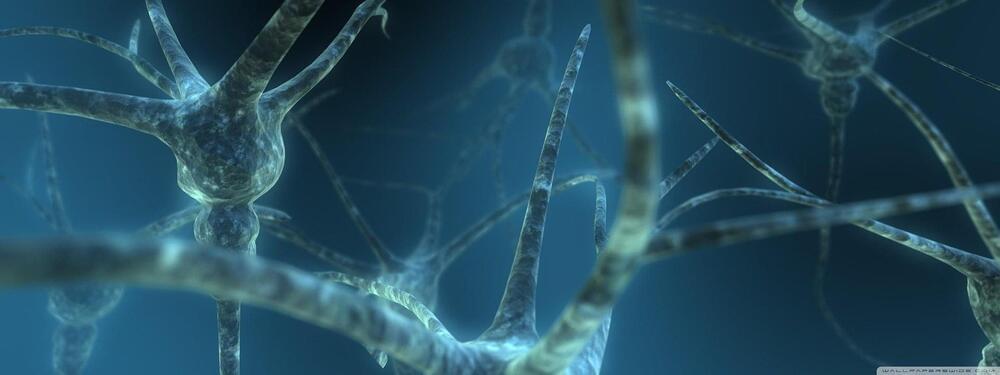Airbus has completed wind-tunnel testing of its eXtra Performance Wing demonstrator in its quest to quickly test and accelerate advanced innovative technologies that will decarbonize the aviation industry. The demonstrator model was tested in the Filton wind tunnel near Bristol, England.
Launched last September, the eXtra Performance Wing project takes inspiration from nature to improve wing aerodynamics and performance. It is intended to be compatible with any future aircraft configuration and propulsion system to reduce CO2 emissions.
To make a more efficient aircraft with lower carbon footprints, Airbus is testing wing technologies that are based on the behavior of bird flight with wings. Initially, the technology was introduced at a smaller scale through another Airbus project, AlbatrossONE, which tested semi-aeroelastic hinged wings that – like the seabird – unlocked during the flight when experiencing wind gusts or turbulence. Now, the eXtra Performance Wing will also examine new technologies, including gust sensors, pop-up spoilers, and multifunctional trailing edges to enable active control of the wing.







